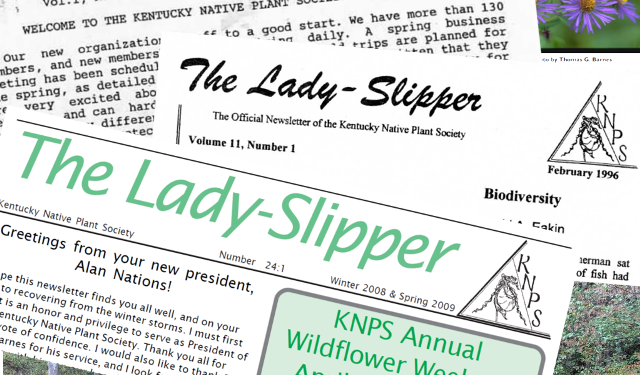By Jonathan O.C. Kubesch, University of Tennessee—Knoxville
Falcata alfalfa (Medicago sativa ssp falcata) is a stunning subspecies of the purple-flowered alfalfa commonly seen in the eastern United States (Figure 1; USDA-NRCS Plant Materials Program, 2015). Falcata alfalfa was introduced to South Dakota from Siberia by an eager professor in the early 19th century, however, the subspecies has appeared in the Kentucky flora in the time since (Shaw et al., 2020; Smith 1997). Falcata alfalfa improves the quantity and quality of forages for rangeland with tradeoffs for native species richness in South Dakota (Xu et al., 2004). The Kentucky collections may have come in seed bagged from elsewhere, especially as seed production shifted from the region to the Willamette Valley of Oregon (Figure 2).

Figure 1. Falcata alfalfa. Courtesy of Bing Creative Commons (accessed August 19, 2020).
Falcata alfalfa’s use in rangelands presents a question: why alfalfa has not naturalized into the South? Given it has historically been found in cultivated and disturbed environments, has the species formed any stable populations outside of agricultural use? And given falcata’s success in the High Plains, why hasn’t the species been used in the South?


Falcata is promising given its performance in low fertility conditions (USDA-NRCS Plant Materials Program, 2015). A research project at the University of Tennessee is investigating the horticultural performance of falcata alfalfa in the Southeast. Seed from the United States Department of Agriculture—by way of Canada and originally from eastern Italy—is being grown to study the plant in the eastern United States (Figure 3; USDA PI 631577). Concerns about introducing new plant species into the Southeastern flora prompted this present article. A fair number of plants introduced to the eastern United States have gradually moved outside of agricultural fields, such as tall fescue (Schedonorus arundinaceus), but the subspecies of alfalfa have not escaped and persisted for extended periods in the wild.
The Tennessee-Kentucky Plant Atlas is a helpful tool for this sort of research (Shaw et al., 2020). Documenting the localities and conditions that falcata alfalfa has been found in the native flora should expound on these questions and theories regarding the species and subspecies persistence in the Southeast. Through the Atlas we can tell that escaped alfalfa does not necessarily take over native habitat in Kentucky and Tennessee in the same way that alfalfa has persisted in the High Plains of South Dakota. However, the Atlas is limited to collections made before 2002 (Shaw et al., 2020). With that in mind, citizen scientists are critical to documenting falcata alfalfa in Kentucky in 2020. The species should be seen where the purple flowered alfalfa occurs, such as disturbed areas and pastures.
(more…)












